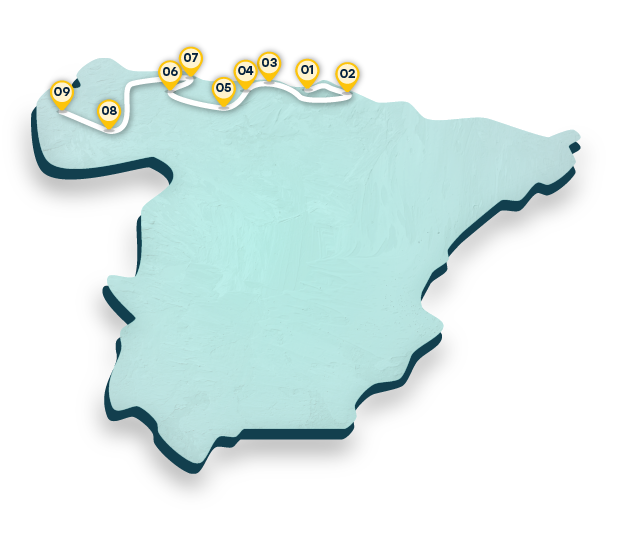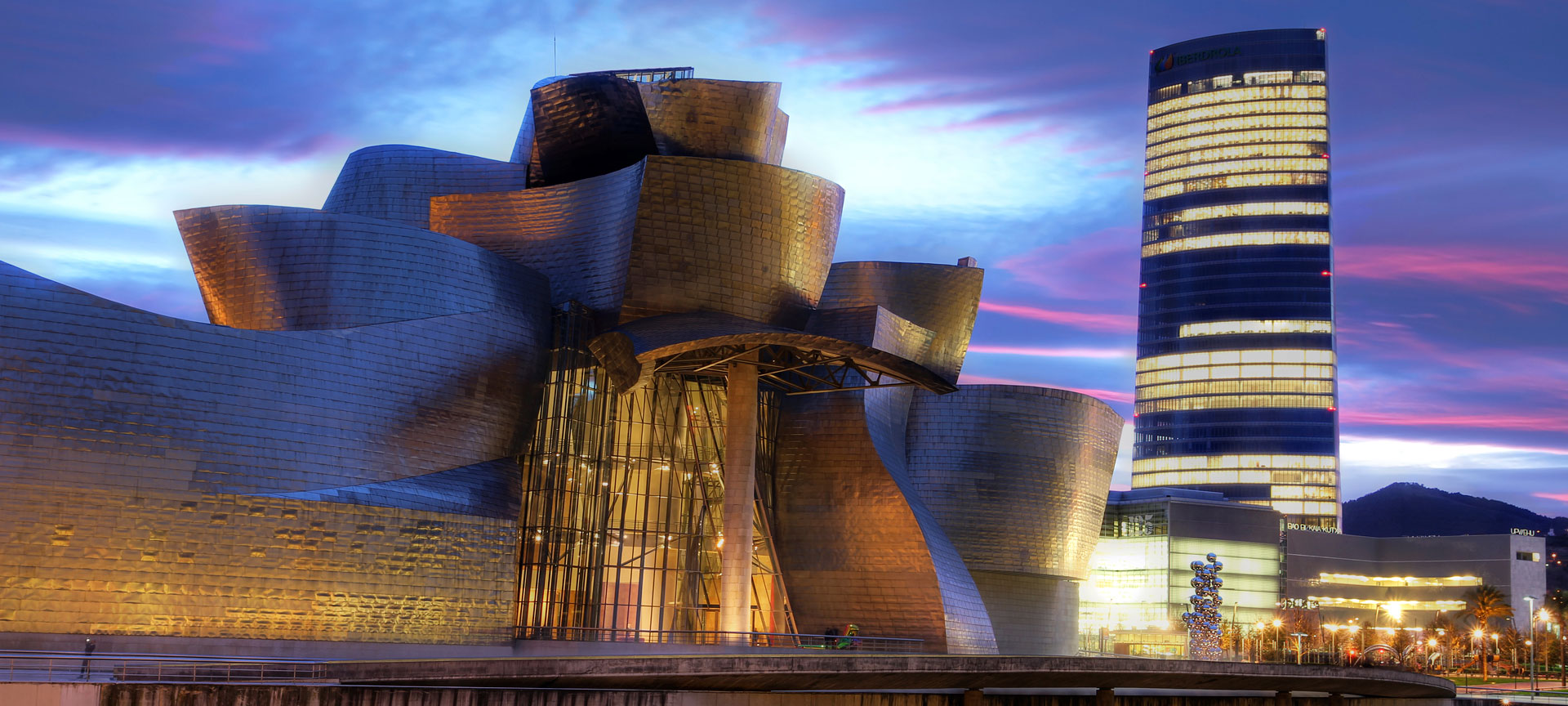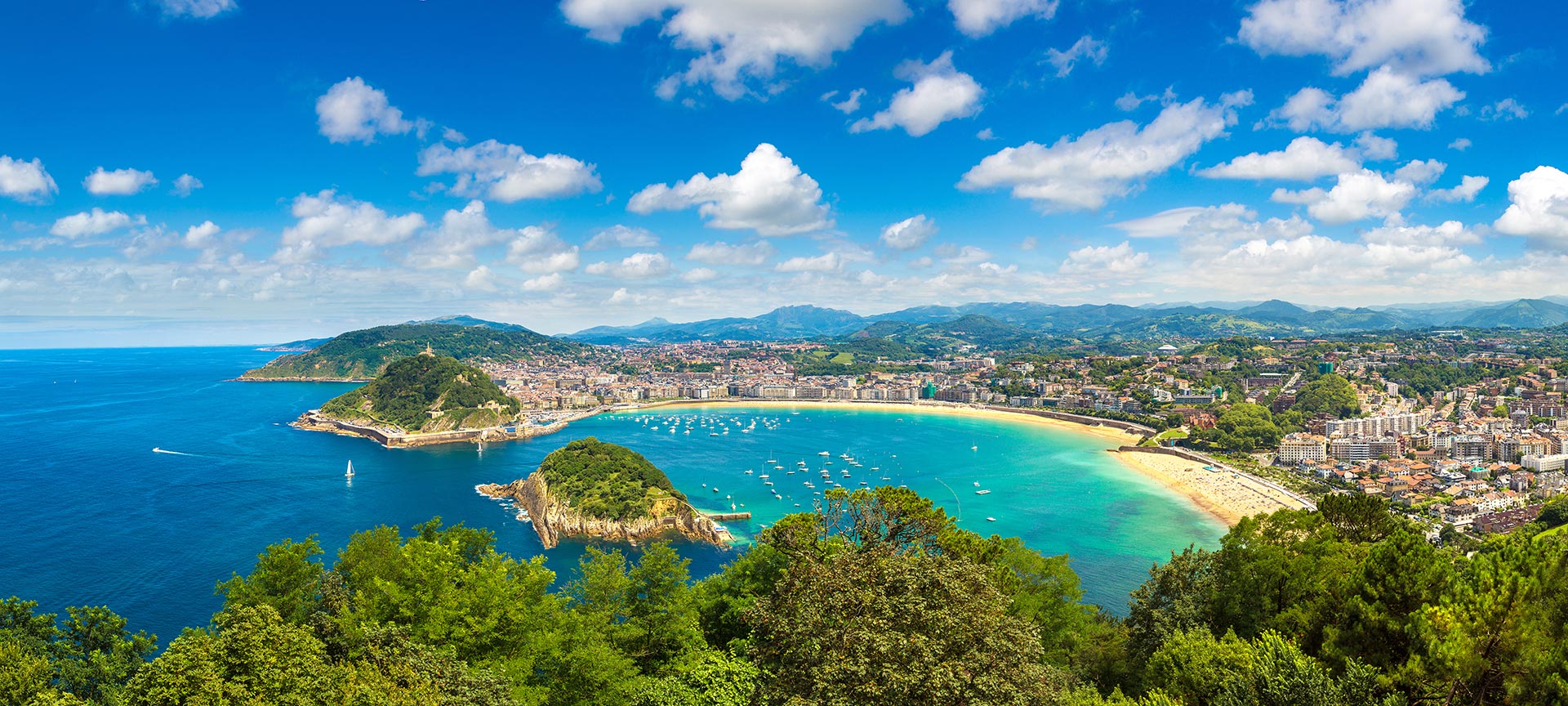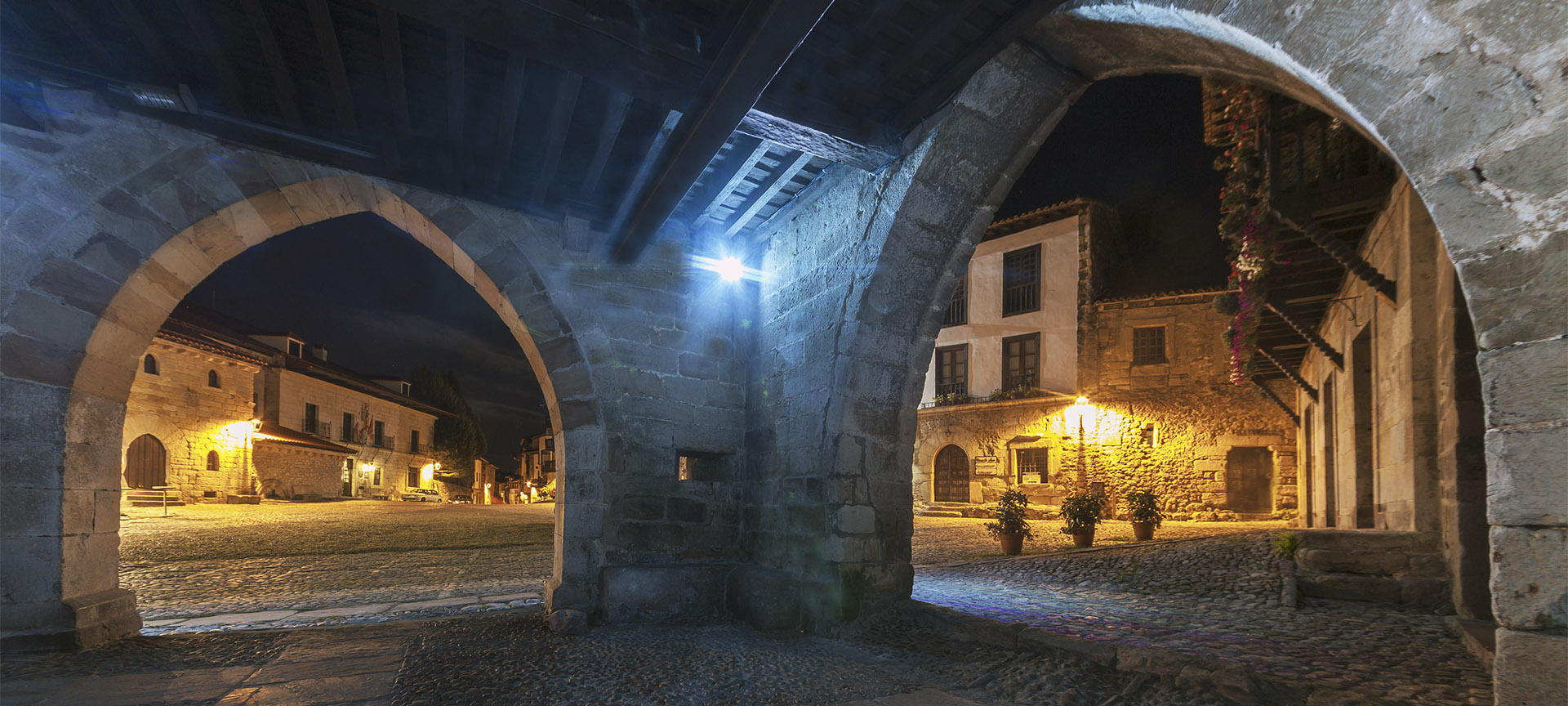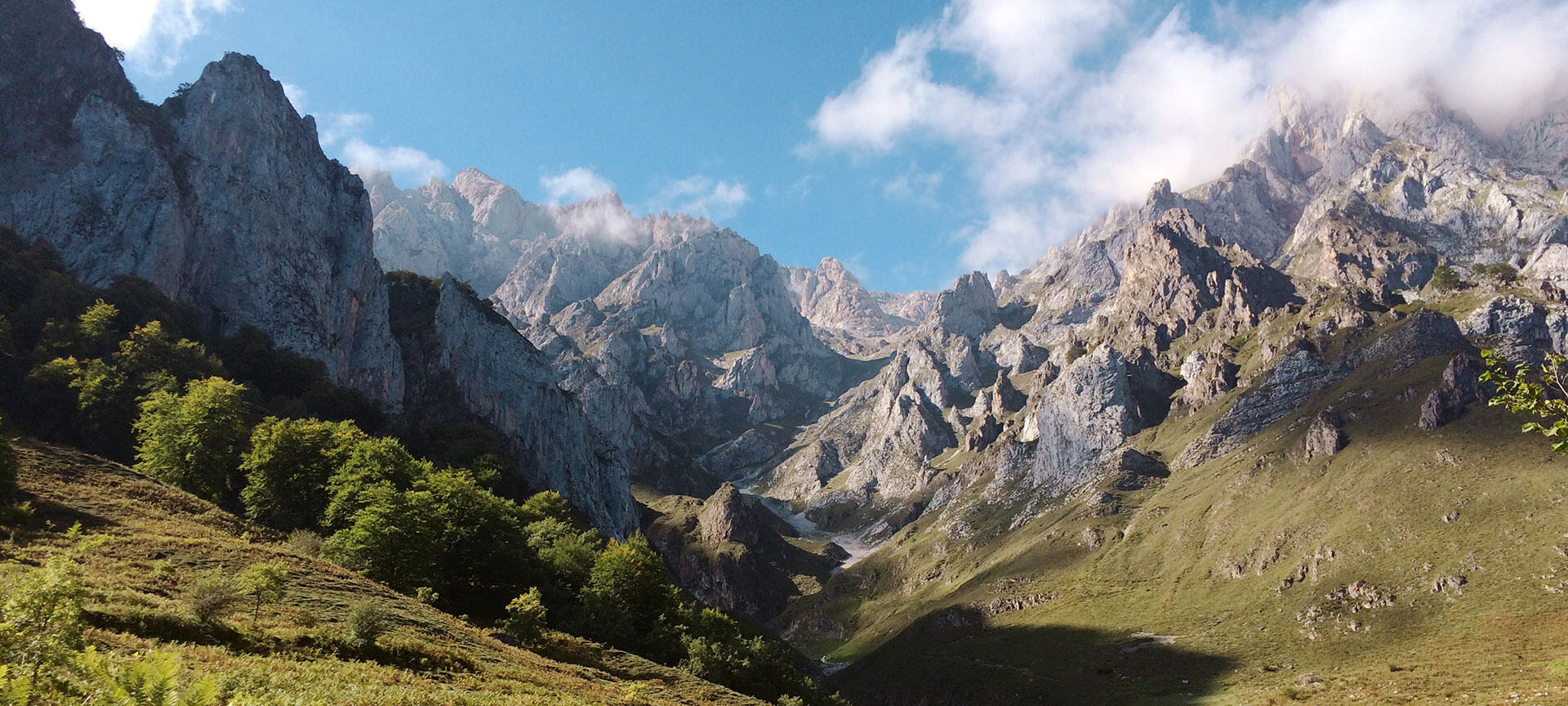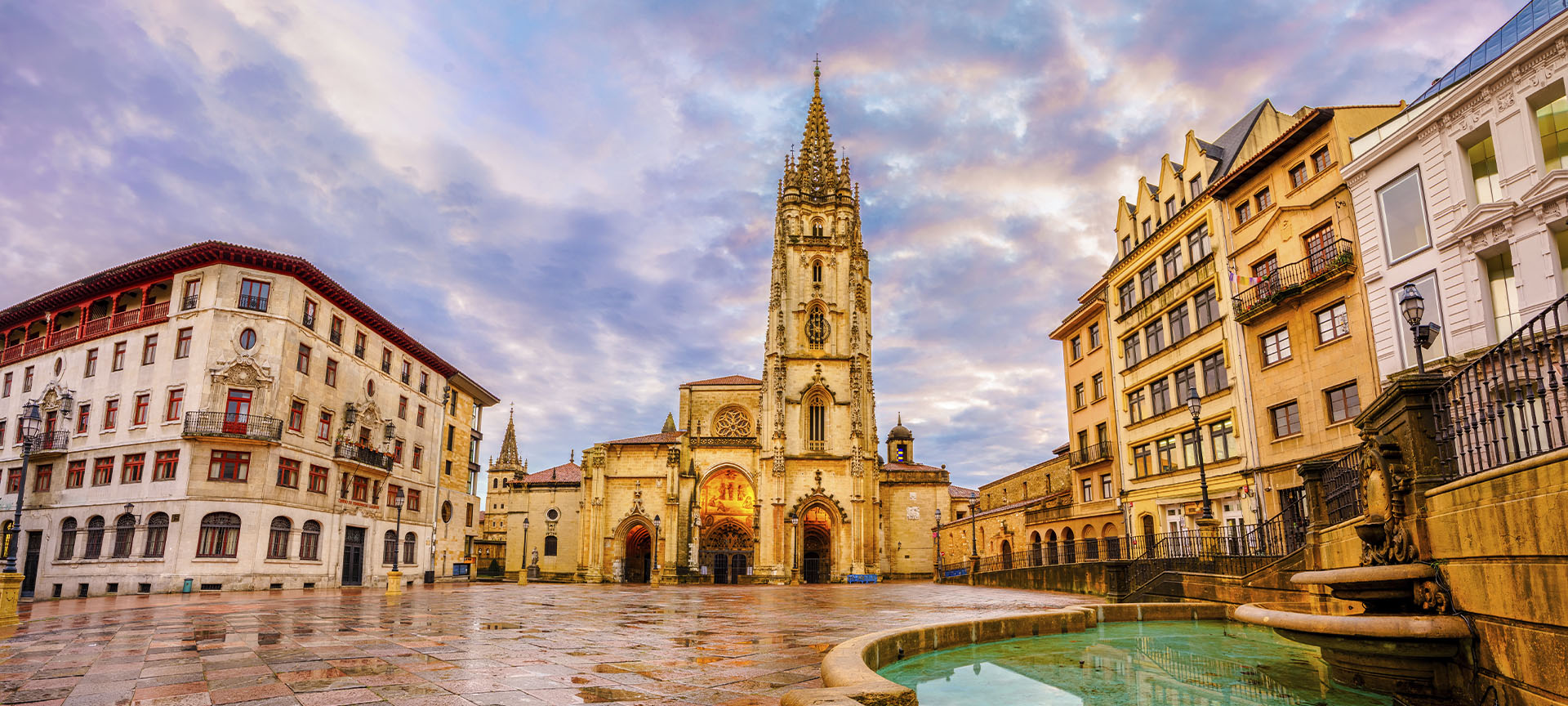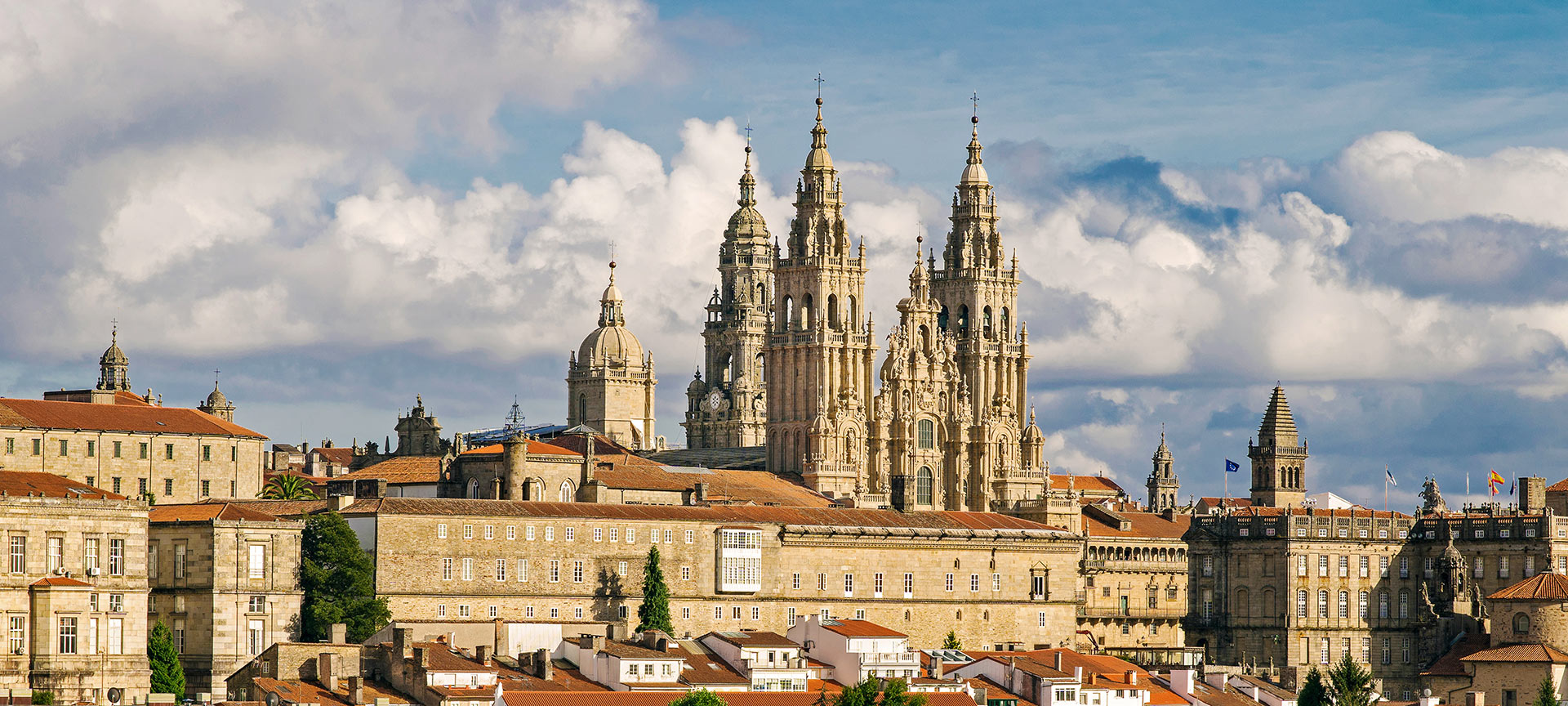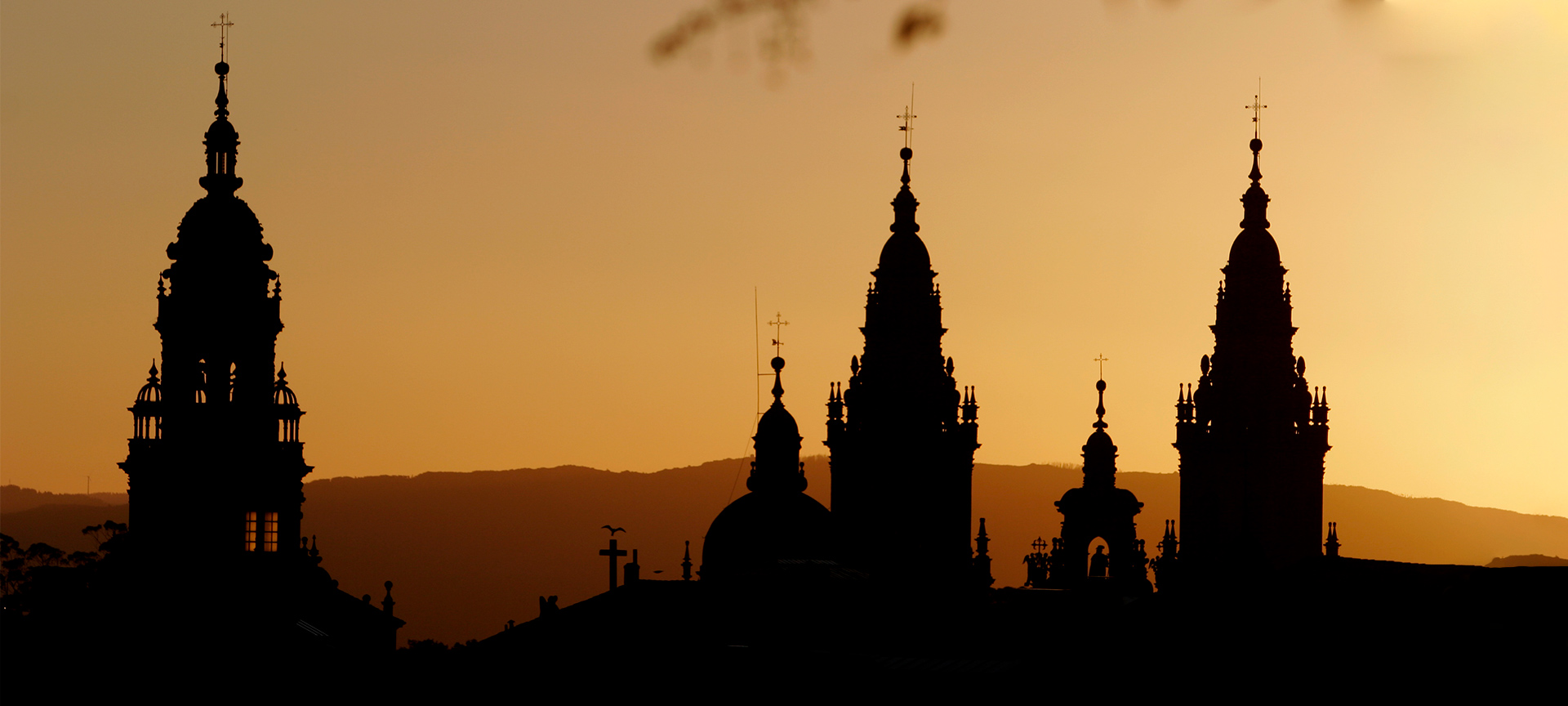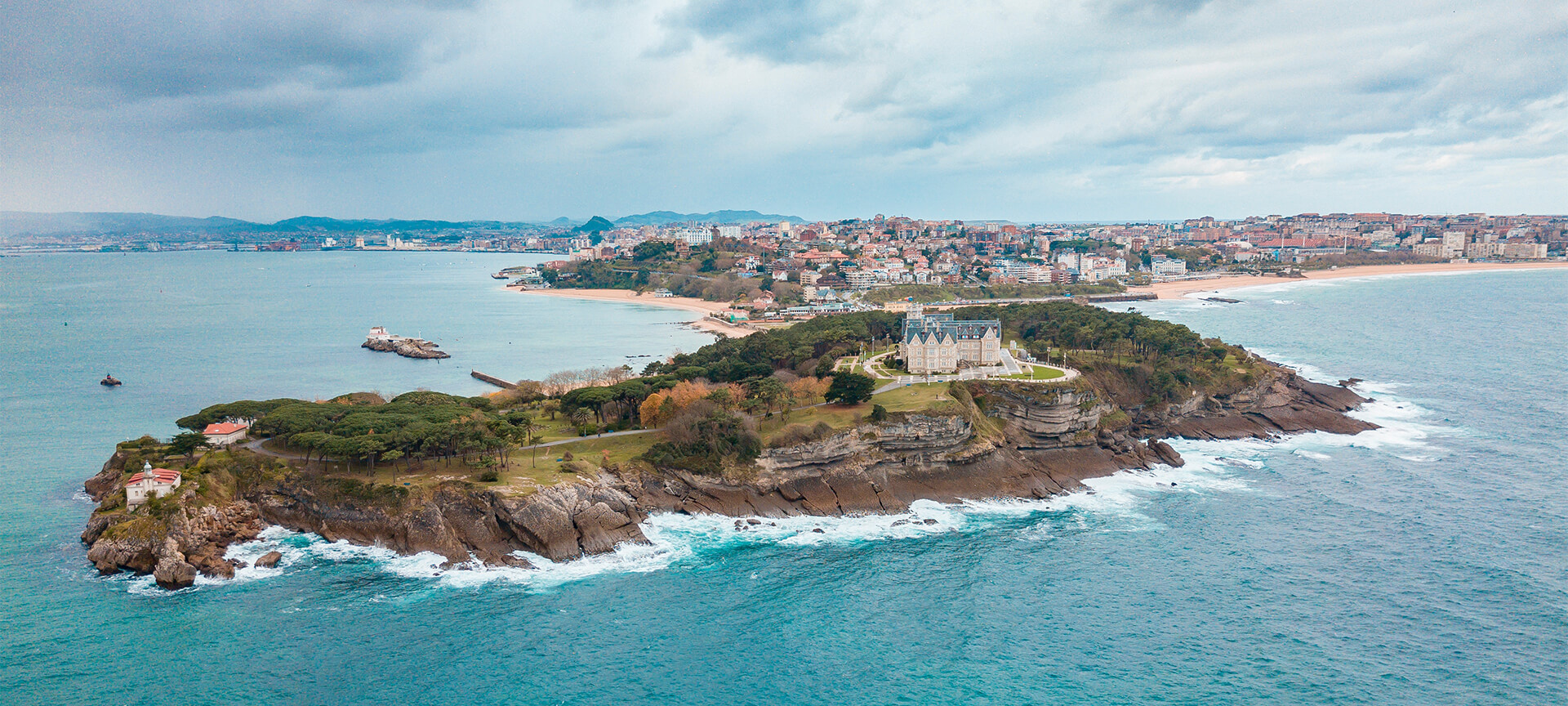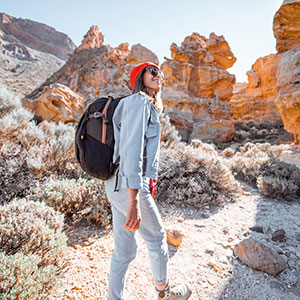Day 1: Bilbao, in the Basque Country
Our suggested tour of Bilbao starts with the origins of the city.

Morning in the old town
Our starting point is Paseo del Arenal, next to the river. On one side you can see the City Hall, and on the other, the Arriaga Theatre. After that, you’ll head to the old town. This is one of the busiest areas, brimming with small bars with counters full of pinchos, small pedestrian cobblestone streets and squares, such as Plaza de Unamuno and Plaza Nueva.You simply must walk along the so-called “Seven Streets” (Somera, Artecalle, Tendería, Belosticalle, Carnicería Vieja, Barrenkale and Barrenkale Barrena). They are the origins of the city (even though there were only three initially: Somera, Artecalle and Tendería) and their medieval layout has hardly changed at all over the centuries. At one end they lead to the Cathedral of Santiago and at the other, to La Ribera Market.A large part of the route is within the former walled area of Bilbao, which you can still see remains of on Calle Ronda. For lunch, you can choose between the bars in the old town, try Basque cuisine in La Ribera Market or cross Ayuntamiento Bridge to eat in the Ensanche neighbourhood, near the Albia gardens.

An afternoon of contemporary art
Many people describe Bilbao as an open-air laboratory of contemporary architecture. To see what they mean, we suggest exploring the triangle formed by the Albia gardens, the Guggenheim Museum and the Euskalduna Conference Centre and Concert Hall and the surrounding areas. For example, in a route of barely one kilometre you will see buildings by four Pritzker Prize winners: Frank O. Gehry (Guggenheim Museum Bilbao), Rafael Moneo (Deusto Library), Álvaro Siza (University assembly hall) and Norman Foster (entrances to the metro stations). If you head to the river, you will also see the set of sculptures surrounding the Guggenheim, with works by Louise Bourgeois, Jeff Koons and Anish Kapoor.Finally, reserve some time to visit the Guggenheim Museum. It is the symbol of the city and one of the world's best-known contemporary art museums. You will also find the Museum of Fine Arts of Bilbao nearby, with around 30 other art galleries in the area.

More ideas in Bilbao
Boat rides. Take a boat trip along the river and discover the new architecture on the river bank as you go.Going on the cable car. Take the cable car up Mount Artxanda for one of the best panoramic views of the city.Vizcaya transporter bridge. Visit the first iron transporter bridge constructed in the world, which remains in operation today. It is located in Portugalete (some of the boat trips along the river will take you there, about 15 kilometres from Bilbao) and is a UNESCO World Heritage Site.Go for pinchos. Go out for tapas, or pinchos (or “ir de potes”, as they say in the Basque Country) to taste Bilbao's cuisine in bite-sized servings. Popular areas include around the “Siete Calles”, and Calle Diputación, Calle Ledesma and Calle Ercilla in Ensanche.


